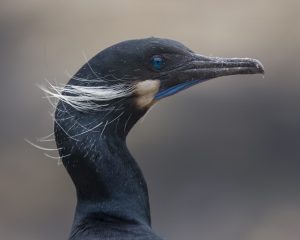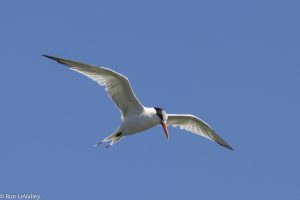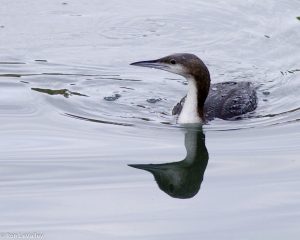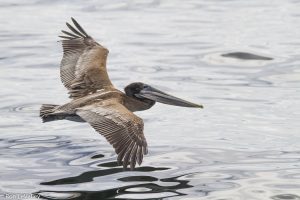Due to their existence at the boundary layers of the atmosphere and the ocean, seabirds are the most conspicuous of all marine organisms which rely on surface and near-surface ocean habitats. Seabirds also are less exploited than other upper-level predators such as fish and mammals. Owning these and other characteristics, seabirds have been put forth as reliable ecological indicators of coupled physical-ecological change. In this project, we are investigating changes in the abundance, distribution, and spatial organization of seabirds in the California Current. In this study Farallon Institute biologists make counts of seabirds from fisheries research vessels.




(Top left: Elegant Turn, top right: Brown Pelican. bottom left: Brandt's Cormorant, bottom right: Pacific Loon. Photo Credit: Ron Le Valley)
CalCOFI/CCE-LTER Survey Data Reports
NMFS Juvenile Rockfish Surveys Data Reports
Additional Reports
SCCOOS Principal Investigator:
Bill Sydeman, Farallon Institute - wsydeman @faralloninstitute.org
Publications
Santora J., Schroeder I., Bograd S., Chavez F., Cimino M., Fiechter J., Hazen E., Kavanaugh M., Messie M., Miller R., Sakuma K., Sydeman W., Wells B., & Field J. (2021). PELAGIC BIODIVERSITY, ECOSYSTEM FUNCTION, AND SERVICES. Oceanography, 34(2), 16-37. https://doi.org/10.5670/oceanog.2021.212
Leirness JB, Adams J, Ballance LT, Coyne M, Felis JJ, Joyce T, Pereksta DM, Winship AJ, Jeffrey CFG, Ainley D, Croll D, Evenson J, Jahncke J, McIver W, Miller PI, Pearson S, Strong C, Sydeman W, Waddell JE, Zamon JE, Christensen J. 2021. Modeling at-sea density of marine birds to support renewable energy planning on the Pacific Outer Continental Shelf of the contiguous United States. Camarillo (CA): US Department of the Interior, Bureau of Ocean Energy Management. OCS Study BOEM 2021-014. 385 p. https://espis.boem.gov/final%20reports/BOEM_2021-014.pdf
MacCall, A. D., Sydeman, W. J., Davison, P. C., & Thayer, J. A. (2016). Recent collapse of northern anchovy biomass off California. Fisheries Research, 175, 87-94. https://doi.org/10.1016/j.fishres.2015.11.013
Funding
The project is supported by the Southern California Coastal Ocean Observing System and the California Current Ecosystem Long-Term Ecological Research project.
